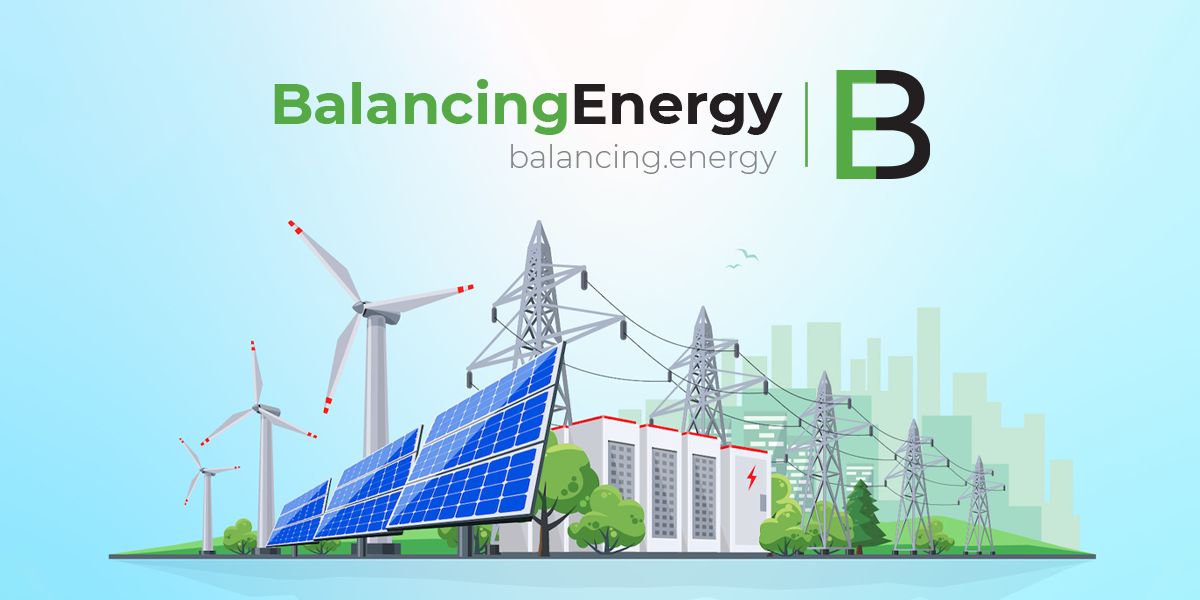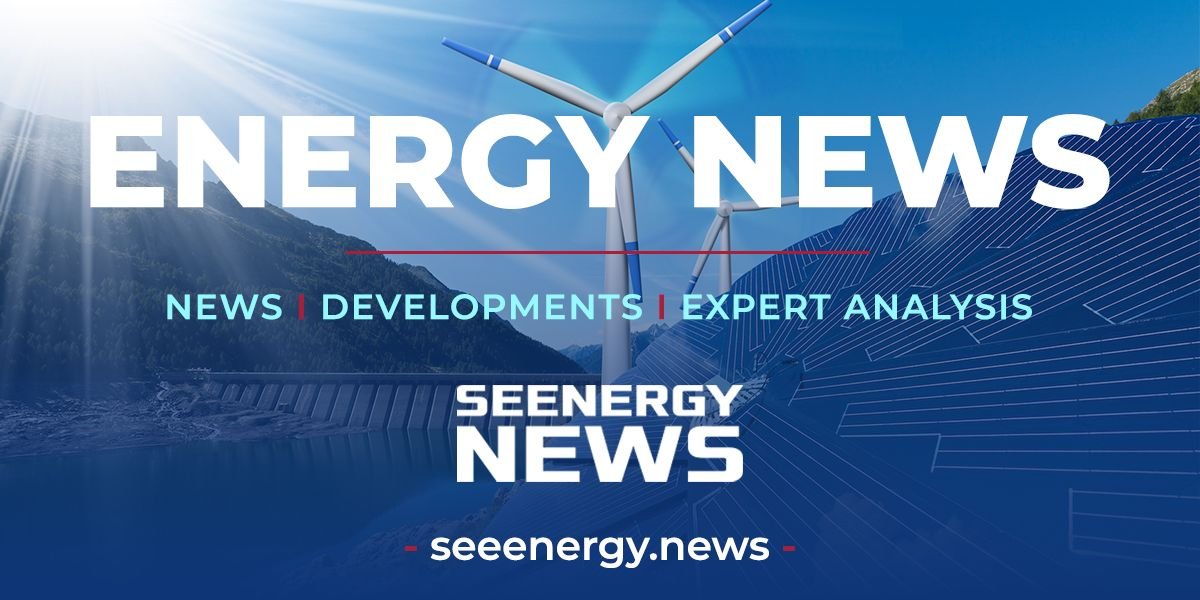Serbia is still not receiving natural gas from Azerbaijan through the Bulgarian interconnector, which was put into trial operation on December 10th of last year.
Deliveries from Azerbaijan will commence when there is a need for additional gas quantities, depending on the natural gas consumption trends in Serbia and international market prices, according to Demostat in the Ministry of Mining and Energy.
Serbia has been dependent on Russian gas so far, but with the commencement of gas deliveries from the Caspian region and the LNG terminal in Greece, it will diversify its sources of supply, thereby changing the energy map of Serbia and the Western Balkans.
The gas interconnector Serbia-Bulgaria, part of the broader European Union initiative to reduce Europe’s dependence on Russian gas, was put into trial operation on December 10th of last year.
As stated by Demostat in the Ministry of Mining and Energy, it is planned for the trial operation to last around six months, after which it will transition into regular operation.
Trial operation is a common way to initiate the functioning of such facilities, as mentioned by the ministry, and they add that the legal deadline for its duration is one year.
During the trial operation period, control measurements are conducted, and indicators of the functionality of the gas pipeline system are monitored. Through this system, Serbia is physically connected to gas sources from the Caspian region and the LNG terminal in Alexandroupolis, Greece, which can receive gas from around the world.
In response to Demostat’s question about the expected start of natural gas supply from Azerbaijan, the Ministry states that the signed agreement with Azerbaijan allows for gas deliveries to be made when the need for additional quantities arises.
“In this regard, daily monitoring is conducted on the consumption trends of natural gas in the Republic of Serbia, as well as the prices in the international market,” states the Ministry.
In November of last year, a contract was signed between the Azerbaijani company Socar and the Serbian Srbijagas. The agreement stipulates the supply of up to 400 million cubic meters of gas annually from Azerbaijan until 2026, and after that, the supply will increase to one billion cubic meters of gas.
Regarding the lease of part of the LNG terminal in Alexandroupolis, the Ministry states that Srbijagas has reserved 300 million cubic meters of gas annually from the moment the terminal becomes fully operational, which is expected in the coming weeks.
Gas accounts for about 13 percent of primary energy consumption, and until now, it could enter the country only through two points – via the Balkan Stream pipeline (part of the Turkish Stream, a joint project of Russia and Turkey) and from Hungary.
The gas interconnector contributes to diversifying the sources of supply, which will practically free Serbia, as well as the region, from dependence on Russian gas.
The Serbia-Bulgaria gas interconnector is part of the broader EU initiative, the Southern Gas Corridor, aimed at reducing Europe’s dependence on Russian gas, especially after the start of the conflict in Ukraine.
The EU, through IPA funds for Serbia, has allocated 49.6 million euros in non-repayable funds for the gas interconnector project, with a total value of 85.5 million euros.
Bulgaria also received a grant of 27.6 million euros from the EU for the construction of a gas pipeline on its territory.
Serbia secured the remaining funds through a loan from the European Investment Bank, with 15 million euros allocated from the budget and an additional 7.5 million euros for preparatory work and project design.










